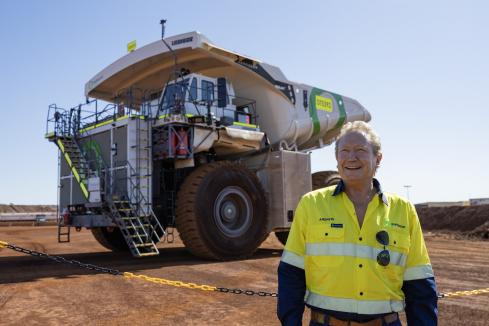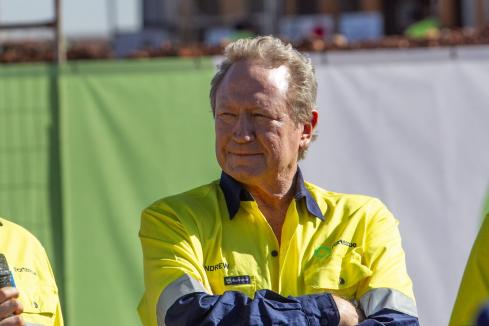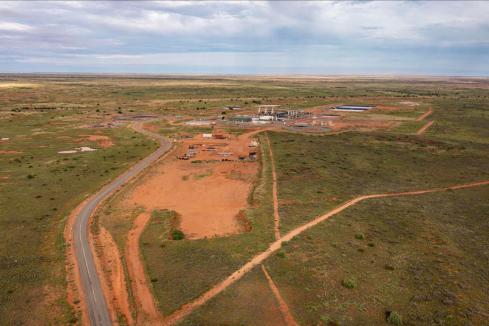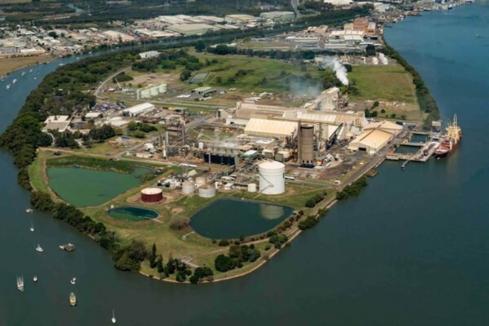Its shares may have surged more than 500 per cent in the past 12 months but some analysts argue Fortescue Metals Group Ltd is relatively cheap compared with its mining peers.


Its shares may have surged more than 500 per cent in the past 12 months but some analysts argue Fortescue Metals Group Ltd is relatively cheap compared with its mining peers.
Last week, FMG’s shares touched a record high $38.50, up 541 per cent on the $6 its shares were trading at a little less than a year ago.
Not even cyclone George has been able to derail the company’s fortunes.
Since the cyclone in March, which claimed the life of two FMG workers and added $100 million to the project’s development costs, FMG’s share price has more than doubled and the company’s market capitalisation is fast closing on the $10 billion mark.
DJ Carmichael & Co analyst James Wilson said that, despite the strong share price run, FMG was undervalued compared with the enterprise value of its iron-ore only competitors.
Mr Wilson’s analysis puts FMG’s enterprise value at $2.92 per tonne, compared with producer Mount Gibson at $7.50/t and Territory Iron at $10.90.
He said iron ore explorers had an average enterprise value of between $1 and $4/t, while producers had an enter-prise value of between $5 and $20/t.
Enterprise value is the measure of a company’s share price together with its debt.
Mr Wilson said that, while FMG was still an explorer, it would be a producer by this time next year and should be trading at an enterprise value of more than $5/t.
“Fortescue could theoretically be worth double or triple its current [share] price closer to production,” Mr Wilson told WA Business News.
Earlier this month, BBY analyst John Veldhuizen said FMG was cheap relative to peers.
Mr Veldhuizen compared FMG’s forecast production of 60 million tonnes of ore per year against the iron ore divisions of giants CVRD and Rio Tinto.
He said the analysis revealed that FMG was undervalued by at least 50 per cent.
“We are of the view that once FMG commences production that this discount will diminish,” he said.
Mr Veldhuizen added that a recent site visit reinforced his view that there was “significant potential to expand production to at least 120 million tonnes per year.
“We are of the view…that within six to 12 months, FMG will commit to a much larger project expansion to at least 120Mtpa within five years. We are confident that FMG can deliver on an expanded project,” he said.
As FMG’s market capitalisation nears the $10 billion mark, several analysts think local institutions will shake off their earlier inhibitions to invest, either because of the highly speculative and ambitious nature of the project or the involvement of FMG’s CEO, Andrew Forrest.
They think the institutions will soon emerge on the company’s share register. There are very few Australian institutions on FMG’s register, with Mr Forrest – who left Anaconda Nickel in crisis in 2002 – forced to find support for his $3.7 billion iron ore dream offshore.
Mr Forrest holds the bulk of the company’s stock. Citicorp Nominees has 16 per cent, followed by London-based Harbert Management Corporation with 15.7 per cent, US-based Leucadia National Corporation subsidiary Baldwin Enterprises Inc at 10 per cent, and JP Morgan Chase and Co 6 per cent.
NSW-based Kie Chie Wong’s Emichrome Pty Ltd is a rare Australian substantial investor and was also one of Anaconda Nickel’s top 20 shareholders.
“There has been an ever present cynicism from the domestic institutions and that has been due to Twiggy but people were also worried about investing in a greenfields project. That reluctance is shifting,” said one stockbroking executive.
FMG will also get further investment credibility at the end of the month when it joins the Asia Pacific index of Morgan Stanley Capital International indexes or MSCI.












